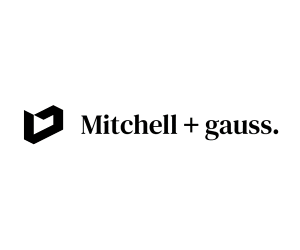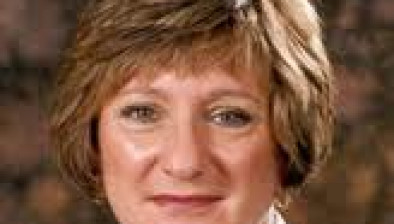UK inflation eases slightly to 2.8% as clothing prices fall

Luke Bartholomew – Deputy chief economist at Aberdeen
Inflation tracked by the UK’s consumer prices index (CPI) increased by 2.8% in the year to February 2025, a reduction from January’s 3.0%, according to the Office for National Statistics (ONS).
This figure was marginally below market forecasts of 2.9%. Core CPI, excluding volatile items, rose by 3.5%, down from 3.7% in January.
The ONS highlighted that “the largest downward contributions came from clothing and footwear, housing and household services, and recreation and culture”. Clothing and footwear prices saw a 0.6% annual decrease, the first negative rate since October 2021.
This inflation data follows recent ONS figures indicating a 0.1% contraction in UK GDP for January, contrary to predicted growth. Chancellor Rachel Reeves is expected to address the UK’s economic and fiscal situation in the Spring Statement, having already announced departmental budget cuts.
Luke Bartholomew, deputy chief economist at Aberdeen, commented: “Both the Bank of England and the Chancellor will be somewhat relieved by the drop in headline inflation.
“Though inflation is still running well ahead of target and is still likely to increase later this year. So this report does not fundamentally change the outlook for inflation, but it should keep the path clear for another interest rate cut in May.
“In the meantime, slightly lower inflation should also mean less pressure on gilt yields, which remain a major concern for the Chancellor as she prepares for her Spring Statement later today. While the broad contours of that announcement are well understood, the market reaction will likely turn on how much the spending reductions are front-loaded versus back-loaded, with back-loaded cuts more likely to stretch credibility and risk a more adverse market move.”
Kevin Brown, savings specialist at Scottish Friendly, said: “Rachel Reeves finally got some good news ahead of the Spring Statement. The latest CPI data shows inflation running cooler than expected, reversing the worrying data in January. It makes a rate cut more likely at the next Bank of England meeting.
“That said, there is no room for complacency. There are more inflationary pressures coming down the road. A raft of household bills will rise significantly over the next few weeks, including water, council tax, energy and broadband. UK businesses will also need to digest the rise in Employers’ National Insurance, which may have a knock-on effect on prices.
“The Bank of England still expects inflation to peak at around 3.7%, before starting to fall in the latter part of 2025. Households and businesses will need to brace themselves for some pain in the interim, though this may be cushioned by falling interest rates.
“Ensuring your finances are in robust shape ahead of a tougher period is vital. Stock market investment may provide a better defence against inflationary pressure on your savings, while cash savings may struggle to keep pace as interest rates fall.”









